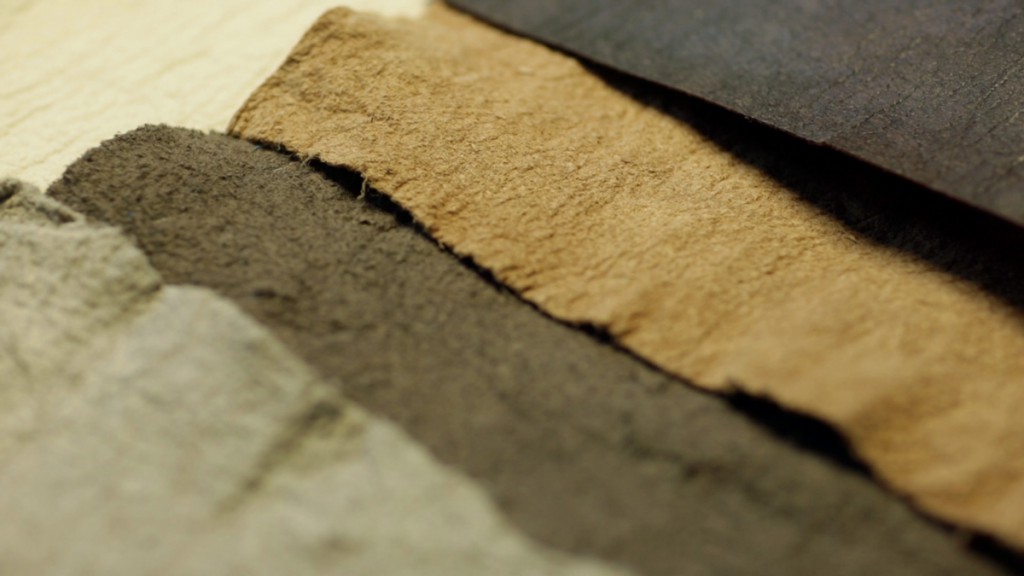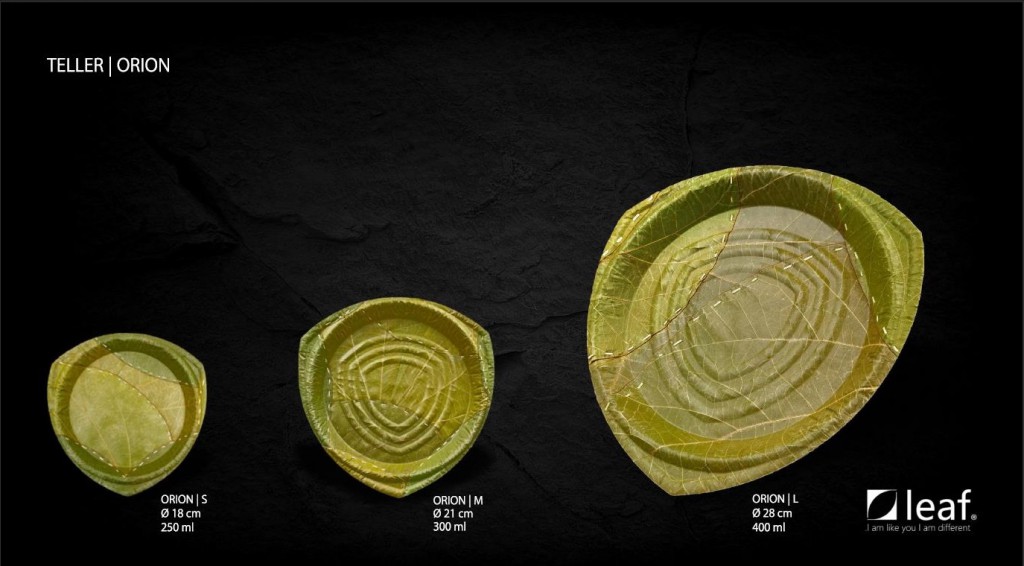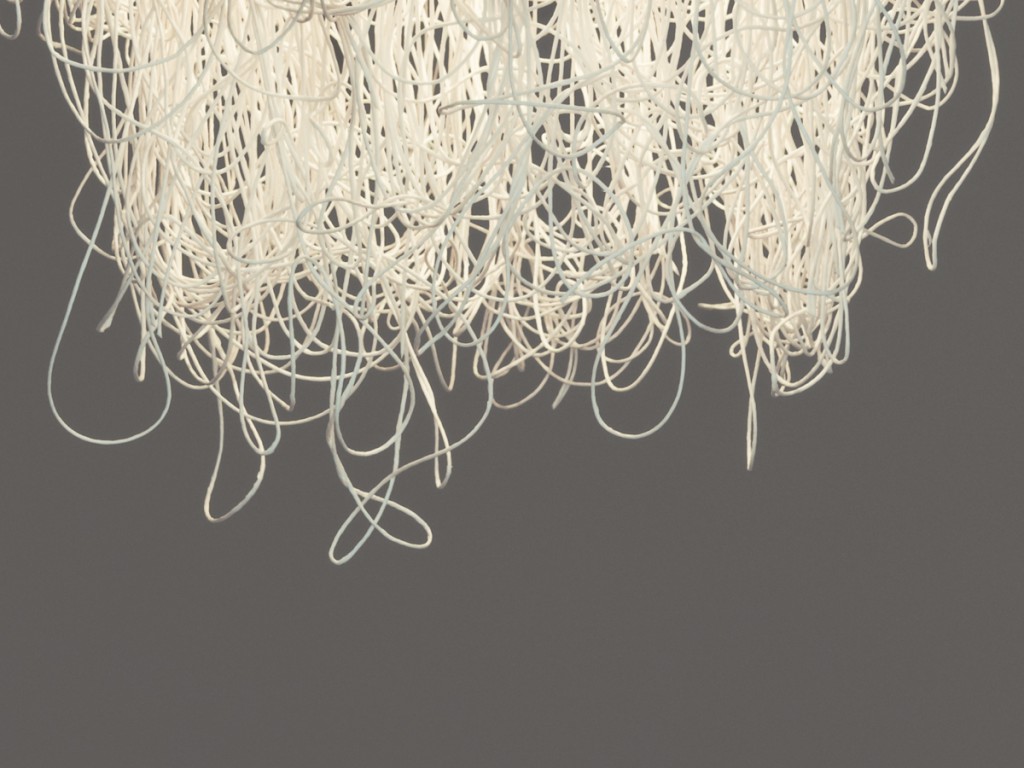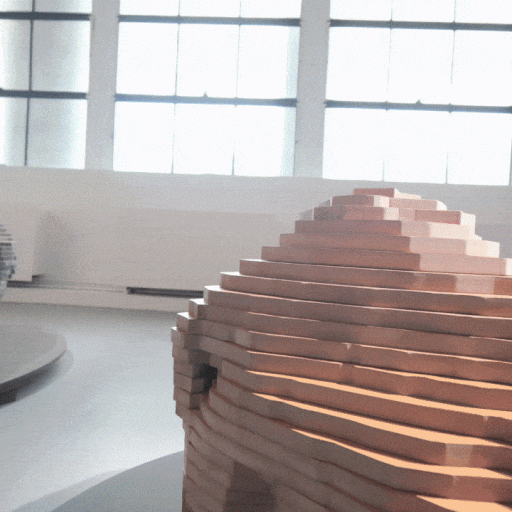The consumer goods come to life thanks to the imagination of the creators, who are able to change the environment where we are used to live. Probably one of the reason is climate change or the awareness we have to build a better space, but also the ability to innovate and manufacture new designs from unsuspected materials.
“Finding substitute materials is important, as well as creating profitable processes for replacing and recycling”, affirms Dra. Anna Hultin Stigenberg, ex-president of the International Steering Committee of Knowledge and Innovation Community for Raw Materials. What experiences do you refer to? Chairs made of leather and wood, tables made of banana peel or biodegradable tableware are some of the examples. Different pieces with a unique design to prove that the world of creation has no limits.
Some of these objects are characterized by their respect for the environment, they help create a much more sustainable world. Others have surprisingly original design and unique pieces.
Fruit-peel or wild leaves… real raw sustainable material?
In the world there are already several initiatives that use these materials as main source of supply for manufacturing objects. Spanish Carmen Hijosa is the creator of Piñatex, a project founded with the aim to find alternatives to natural leather, a very polluting fabric.

“Piñatex is the new innovation material and it represents an alternative to animal leather” said its creator, Carmen Hijosa. “To achieve different results, it is important to be open to work and find new materials. You think and observe and this process will lead you to find new solutions”.
This is why, Piñatex tries manufacturing objects with vegetable leather created out of pineapple leaves that commonly rot the plantation soil. Later, fibers and cellulose gum are extracted. Once the leaves are processed, they are converted into a series of filaments that will be later used to create bags, shoes and also bandages thanks to its antibacterial properties.
Not just the pineapple leaves are useful, also the banana ones hide secrets. Banana Bags‘s aim is to cease the use of plastic bags. Colombian students developed a prototype of a bag made of banana-peel. It has a size of 25×30 cm and can lift up to 4 Kg. This invention aims to become a real alternative to traditional bags, whose biodegradation takes about 50 years.
Bananas too, not the peels but the trunks, are manufactured in the Green Blade panel of FIBandCo, a French brand that replaces wood with 100% natural elements. Once the tree trunks bear fruit they are collected and turned into translucent and soft sheets. This is how Green Blade, an eco-friendly alternative that can be found in four different colors and dimensions (from 0,1 mm to 0,35mm), is manufactured.
Furthermore, the factory where this material is produced does not use any chemical, nor water and it generates the electricity from the photovoltaic panels.
And what would happen if we substitute paper plates with tableware made of wild plant leaves? This is what Pedram Zolgadi and Carolin Fiechter propose with their plates, Tupperware, platters or bowls of different shape and dimensions. The aim of this initiative is to fight against the indiscriminate use of paper plates which take about 730 thousand days to biodegrade compared to the 28 days the Leaf Republic ones need.
The structure is very simple: two leaves sewed with palm fibers separated by a waterproof paper leaf. These plates are resistant to hot liquids and can also be used in the microwave. The tableware is already available and can be purchased through the webpage, do you dare to try it?
Design and innovation in equal parts
“I like creating objects that tell stories and researching and exploring new purposes and materials”. According to this philosophy, the designer Jordi Ribaudí promoted the Toru project, a series of objects manufactured with vegetal tannery from beef skin treated with extracts of chestnut, mimosa and Quebracho tree.
In Igualada, Barcelona this artist has his studio and there he created the Clop armchair, manufactured with vegetal tannery 6mm long with a solid European oak wood backrest together with brass fittings. Babu is a chair inspired by the lifestyle of nomads in the desert and it is built on one sheet of leather that self-folds to create a backrest. Small brass feet set the shape and keep the chair in a vertical position. The works were exposed during the Dubai Design Week at the Stockholm Furniture Fair.

Arturo Álvarez has spent more than 20 years to create lighting solutions. In his studio in Vedra (Santiago de Compostela) he works with different materials and he manually manufactures each and every design, making them unique.
Over the last few years, he decided to invest in innovation and he created a new material, Simetech by Arturo Álvarez, manufactured with silicone mesh and characterized by its visual beauty and luminosity. “I see the future as a continuous bet in favor of energy-saving solutions and recyclable materials that respect the environment”, mentioned the designer during a recent interview for The Hedonist. Furthermore, he told “we are planning on going on with our work of research and material development, always bearing in mind our focus on the introduction of technologies that contribute to energy saving and a sustainable production”. In 2014 he received the award Best Of the Year for the Interior Design magazine.
Have you ever thought that the spider web could actually be a substitute for silk? Surely this material is elastic and resistant and it has already been used to manufacture bulletproof vests, bandages for wounds and automobile materials. In 2012, Simon Peer and Nicholas Godley presented the first cape manufactured with spider web. The design was exposed at the Victoria & Albert Museum of London, an outfit that needed 80 people, one million spiders and 8 years of manufacturing. A unique piece that is moving from museum to museum to delight the visitors.
Will these new materials end up substituting some of the more polluting ones used today? The impetus of these initiatives could worry society about the change and the patterns of consumption towards a much eco-friendlier way.




